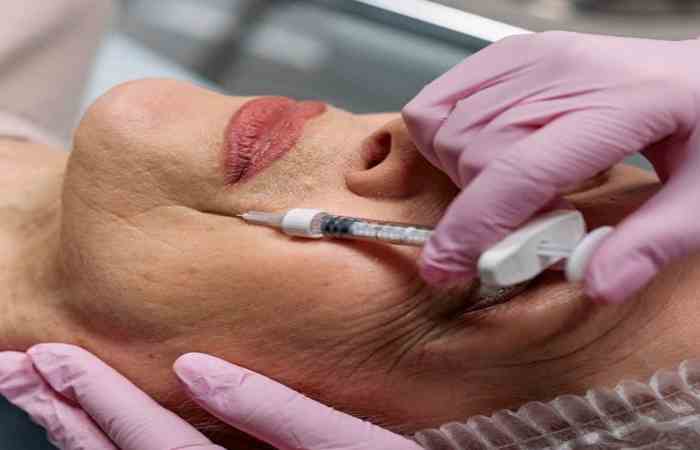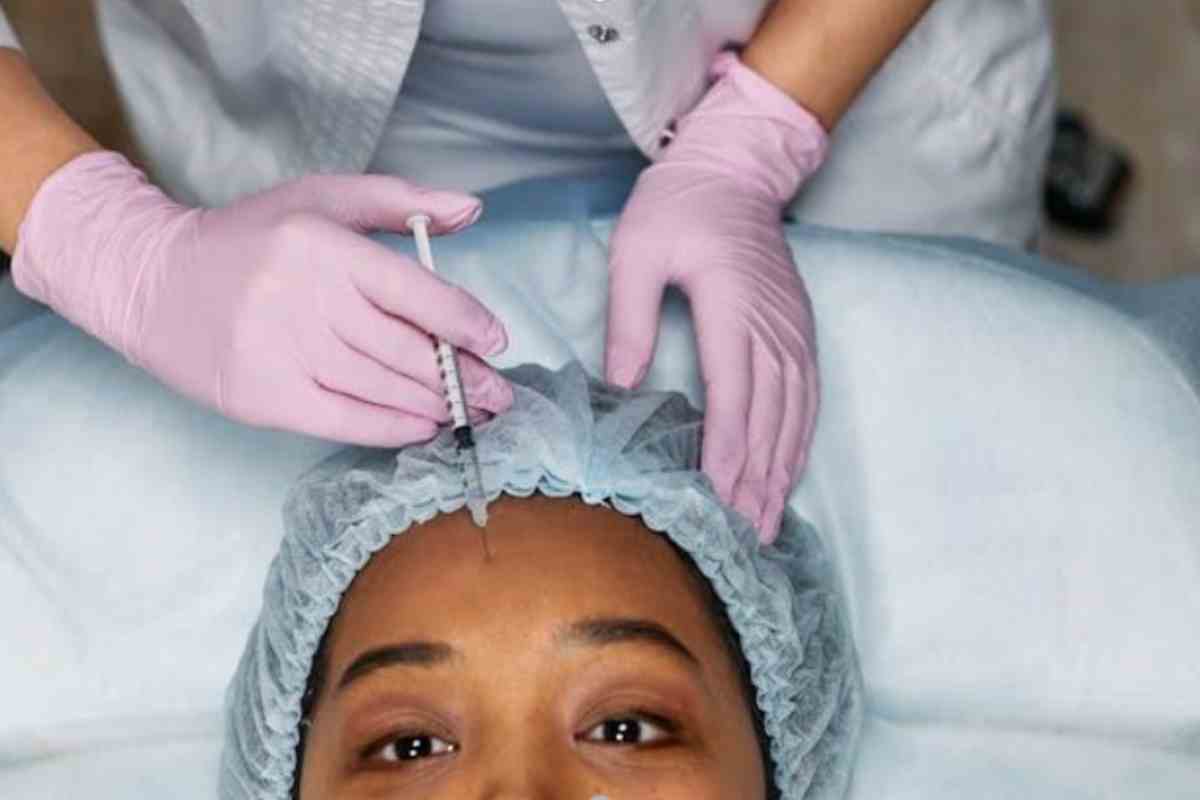Medical professionals in the aesthetics industry often expand their practices with continued educational pursuits. Non-medical individuals pursue advanced certifications through training courses that are becoming more accessible. Many in the non-medical audience mistakenly enroll under the guise that they will move directly into a career – but this assumption can lead to costly surprises. Students …
Medical professionals in the aesthetics industry often expand their practices with continued educational pursuits. Non-medical individuals pursue advanced certifications through training courses that are becoming more accessible.
Many in the non-medical audience mistakenly enroll under the guise that they will move directly into a career – but this assumption can lead to costly surprises.
Students must do due diligence researching schools, state laws, and potential career paths before applying for a Botox training course.
Not only do you want to pick a quality provider, but also learn what the coursework qualifies you to do in the industry as a non-medical without legal authority to inject independently.
Students must familiarize themselves with these legal limitations. Expectation and reality can be blurred – and here starts the confusion.
Before committing to a Botox training program as a new aesthetician or medical professional enhancing their skillset, this article offers clarity on the common misconceptions in the industry.
That will enable you to make more informed decisions on pursuing training and how to proceed once it’s complete. Let’s move forward.
From Classroom to Clinic: Understanding the Path to Practice

Non-medical aestheticians and even people with no experience sign on for Botox training believing that they will be practitioners upon completion of the program – there is more nuance than these individuals expect. This group faces stringent limitations as independent practitioners.
Licensed prescribers must administer Botox in the UK since the medicine is prescription-only. If you are not a professional, such as a doctor, nurse, dentist, or pharmacist, you must legally administer under their supervision. Without adequate research, students enroll without understanding this legal detail.
You must first learn how to practice legally and safely before entering the program.
Training is the starting point for developing your skills and building confidence – one part of the process. Students must learn how to secure insurance and prescriber support. Further, you must understand the regulations surrounding the industry.
The UK government has clear rules concerning who can legally administer Botox, particularly for non-medical practitioners. Candidates need to complete a quality training program, follow strict hygiene protocols, and work under a licensed prescriber – unless you become one yourself.
Legal compliance and patient safety aren’t optional—they’re the backbone of ethical practice. If a program glosses over these requirements, that’s a red flag – The licensing of non-surgical cosmetic procedures in England: consultation document – GOV.UK .
The long way around the mountain –
Aside from practicing under a prescriber non-medical students have another option: becoming one. That is literally taking the long journey around the mountain. If you have no medical background and must start from scratch, this involves pursuing a healthcare degree, achieving sufficient experience, and qualifying to prescribe – this varies from one country to the next and role to role.
The climb can be exhaustive considering the financial investment and time constraints – but this is the path to clinical freedom; the summit if you will.
Botox training course curriculum –
A quality training program provides students with the foundation for supervised practice. Esteemed instructors guide students through safety protocols, anatomy, injection techniques, and patient consultation strategies.
It will be a well-structured curriculum that may not grant you independence, but it offers a powerful starting point—one that builds competence, confidence, and credibility within the scope of legal practice.
London Botox Training Provides Standardized Skills – No Shortcuts

Most Botox training courses across London are largely consistent. Whether considering a small boutique provider with intimate, hands-on instruction or a large institution with formal qualifications – the framework is standardized.
These foundational skills like complication management, injection techniques, and facial anatomy are non-negotiable for safe Botox administration. All students must learn the same clinical principles regardless of the training program they choose.
Instructors focus on building competence in safe practices, quality patient care, and refined technique. Students must understand that they will not achieve clinical independence upon completion of their program. There are no shortcuts to legal practice—only structured steps and clear boundaries.
Knowing what a solid Botox training program looks like and what you can expect upon completion is important before applying. Here are the foundational courses required with every Botox curriculum.
- Consultation & Patient Assessment: Students learn consulting and assessing skills to help determine Botox candidacy, expectation management, and communicating risks. Aside from technique, this promotes client and provider protection.
- Facial Anatomy & Injection Technique: Instructors guide students through the interaction between Botox and the muscle groups – highlighting safe injection locations. The right program encourages precision over speed. It will slow things down to ensure you get it right.
- Complication Management: Complications are a possibility with any treatment. You must know what can go wrong with Botox injections and how to respond if complications arise. That means not just recognizing a problem, but also knowing when to refer, and properly recording the event. That protects the client and your insurance.
- Hands-On Practice: Most programs offer students hands-on experience with live clients. Don’t assume this will be part of your coursework. This is something you want to find out the specifics on. – the number of live clients and if supervision will be group-based or one-on-one.
- Legal & Ethical Frameworks: A distinct class will provide UK regulations, discussing prescriber partnerships and prescription-only rules. Often these classes are fast paced, but they are important. Students must know what to expect upon completion of their training.
NHS England sets education standards for non-surgical cosmetic procedures like Botox. Click here to understand their expectations and professional accountability for prospective practitioners – regardless of their experience level.
Final Thought
For non-medical aestheticians, pursuing advanced certifications is a solid first step. While it won’t grant clinical independence, it can open the door—if you’re willing to take the longer journey. There’s power in knowledge, and it starts with understanding exactly what you’re signing up for.
If you choose to take the long way around the mountain, know that it’s a dignified path. It’s built on quality client care, ethical practice, and meticulous attention to doing things right. No shortcuts. Just clarity, integrity, and the kind of work that stands the test of time.


